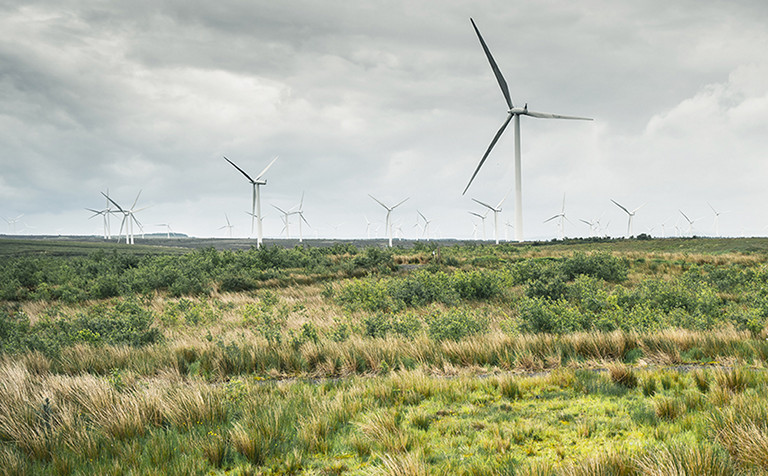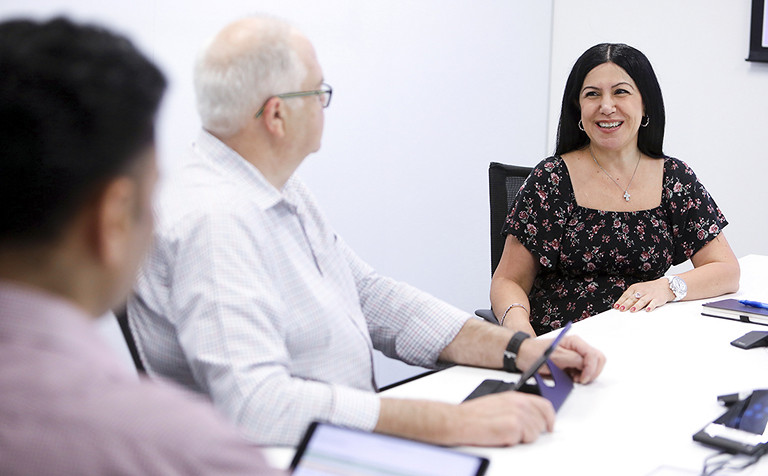Environmental, Social and Governance
With a focus on our customers, colleagues, and communities, DXC is committed to building sustainable and responsible business practices that create value for all our stakeholders and contribute to a better world.
We recognize the impact companies have on the environment we all live in. DXC has set ambitious targets for reducing our energy consumption, lowering our greenhouse gas emissions and shrinking our IT asset waste.
We also help our customers increase their energy efficiency and reduce their environmental impacts with proprietary technology, such as DXC’s Modernization Studio and DXC Platform X™, as well as next-generation solutions such as cloud computing, desktop virtualization and data center management.



We value our society, our colleagues and the communities in which we live and work. To help them, we’re engaged in numerous efforts and projects.
We believe that together we can achieve a great deal. Our active involvement in our communities yields more efficient and beneficial outcomes for society — including carbon reduction, innovative technology solutions, youth and adult educational initiatives, and volunteerism across our global workforce.


We strive to instill integrity and trust and garner respect among our stakeholders through responsible and transparent leadership. Our Board devotes significant time and attention to ESG issues, including Information Security Risk and Ethics & Compliance, to maintain the highest standards of corporate governance.